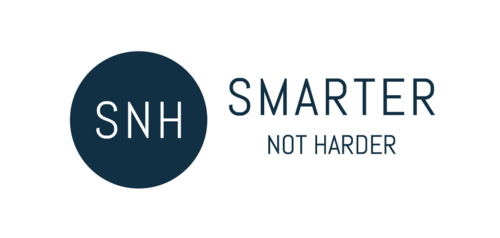
Are you spending enough time pitch side?
Imagine you managed a sports team. Why would you get “pitch side”? To watch the game, to show your support, to observe the tactics of both sides, to study individual performances, to assess team work, to lift spirits at the break, to ensure focus at crucial times, to celebrate and to console. When the game is being played we get insights and add value that we cannot add from simply studying the results.
In sport, as in business, the results are everything. But if we only study the results, and not how we came to them then we’re bound to be left confused, and wondering why performances are varied or unpredictable.
It’s no surprise that sports directors, managers & coaches are regularly “pitch side” with their team.
Never is this more important than when we’re managing people who are managing others.
So...
When was the last time you watched one of your managers motivate, coach, inspire, challenge, re-focus and re-engage their team?
This isn’t a luxury we can indulge in half way through the season (when H1 results are published) or when the team in sports parlance, is on the slide (consistently under performing). This needs to be a regular feature of our routine. Because it’s this routine which creates winning rhythm and habits. And by setting an example, we establish best practice for our managers and how they in turn deal with their own teams.
Every day your team of managers step onto the field of play. What frame of mind are they in on Monday? Are they looking at last week’s results to figure out how to perform better today? Is their focus and motivation in the right place? Are they practicing the things they need to practice and is the quality of this practice going to deliver sustainably better performance? Do they have a clear set of next steps in mind, to deliver what you need them to deliver?
There is one reason for not getting pitch side that we hear repeatedly:
“There isn’t enough time”
So we’ve asked the question, “What’s the minimum time I need to spend pitch side each week with people in my team to lead and manage them effectively?” Or to put it another way, “How do I performance-manage, coach, motivate, focus attention, build team spirit, develop talent, create succession plans and still have time for all my other duties?”
As is our philosophy, we believe that you can achieve what you need to achieve, in the time you have available by adopting a “light touch” approach to leading and managing.
We know there are a set of highly focused, specific activities which influence all the above but can be achieved in minutes with your people, not hours.
Here’s an example of our pitch side practice: Drop in on your manager’s weekly team meeting, only staying for as long as your diary allows. Observe how the meeting is set up, what the agenda is, who contributes, how communication is flowing. Then call the manager in for 10 minutes when time allows and ask a few basic questions: “What do you think was good about the way you set up the meeting?” “What went well?” Set a foundation for improvement. Then ask your manager, “What two or three things might you change to improve?” “Which one would you tackle first?” This encourages self-analysis and prioritization. After that it takes only 5 minutes or a quick e-mail exchange to update each other on how the next meeting went. That ensures your manager is held accountable for their own self-improvement and completes the circle.
Working pitch side like this, we think you’ll be amazed at how little time you need to devote, to get remarkable returns
You may also be interested in
Drowning in a sea of extra tasks?
See how BT’s billing function turned the tide and achieved time-savings of 20%
Breathing space for the Brexit administrators
How the government’s Business, Energy and Industrial Strategy department tackled the productivity puzzle brought about by Brexit
Even trailblazers need to refuel!
Leadership has an important part to play in the culture of any organisation. But sometimes, strategic decisions can cause conflict









